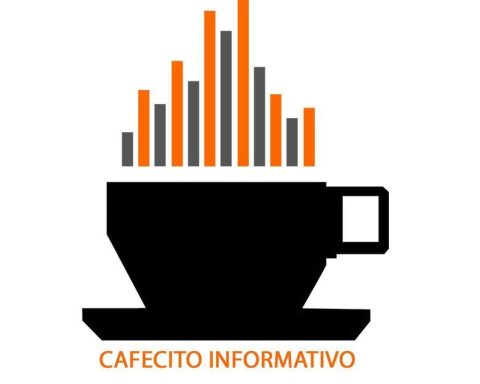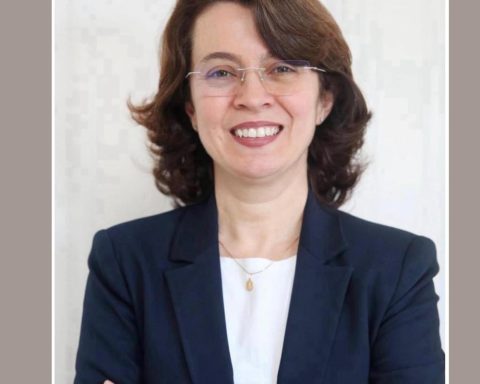The country was considered one of the ten best places for foreign retirees, but for that you need a budget of at least $1,500 per month.
According to the American magazine ‘International Living’, Ecuador is in fifth place among the best places to retire worldwide. That publication ensures that a retiree can live comfortably if he has a range of $1,500 and 1,825 per month.
However, that budget, which may be affordable for an older adult in the United States, becomes a pipe dream for the retired average Ecuadorian.
If it has been possible to comply with all the legal requirements, the average of the pensions who pays the Ecuadorian Social Security Institute (IESS) it comes to $670 a month. That is, almost three times less than what is necessary to have an adequate quality of life, according to the North American publication.
Ecuadorian reality
Although the average is almost $700, half of the pensioners Ecuadorians receive $500 or less; while the other half accesses more of that income to cover growing expenses in Health and care, without taking into account the basics for food, services, among others.
Beatriz Aguilar, 88, commented that, although she does not have serious illnesses, a fall more than two years ago forced her to hire nurses or caregivers to help her get around, especially at night.
“That represents a high expense for me every month. In addition, I have to buy medicine for blood pressure, triglyceride control, among others; but not even for that can you count on the IESS. Me pension It is less than $400 and the rest of the expense is covered with the life savings that my husband left behind,” she said.
Pensions are not enough
A retired Ecuadorian who lives only needs between $850 and $950 to live with peace of mind. That budget includes rental expenses (less than 50% are owners).
In addition, the same magazine ‘International Living’ recognizes that, given the shortcomings in the system of public health, an inescapable outlay is $80 a month, at least, to finance private insurance.
According to the study entitled ‘Pension and health systems in Latin America, the challenges of aging, technological change and informality’, prepared by the Development Bank of Latin America (CAF), only 20% of the income of over 65 years of age is covered by the pension who pays the IESS.
40% comes from resources obtained through employment in a dependency relationship; while another 20% comes through small businesses.
Likewise, transfers and public aid represent 10%; and capital income or investments add an additional 5%.
Carlos Lucero, 70 years old, explained that it is unlikely that all the years of retirement can be financed only with the pension of IESS. In his case, the budget is completed with the rent of a place, some savings and help from the children.
“I consider myself lucky because I was able to accumulate a small level of assets to support my old age, but most cannot do that and they have to work at whatever until their last days,” he said.
In this context, it should be remembered that only 14% of employed people manage to obtain a pension complete when they apply to the retirement of IESS. All this because, for much of their working life, they do not contribute to the system as an active member or are employed in the informal sector of the economy.
La edad mínima de jubilación en Ecuador es 60 años, si se aportó durante 30 años; 65, si aportó 15 años; y 70, si aportó 10 años.
Hasta el 31 de diciembre 2021, el IESS registró 583.883 pensionistas en todo el país
Public spending on health and pensions will double in the next
Currently, public spending to maintain the health and pension system reaches 7% of the Gross Domestic Product (GDP), but in the next 40 years, disbursements will exceed 13% of GDP.
In other words, more and more money will be needed to meet the needs of a growing number of retirees. However, these higher disbursements will not translate into higher pensions because they depend on the level of wages in the economy, the number of years worked and the 40% state contribution.
Thanks to this growing state subsidy, which already exceeds $1.4 billion annually, the IESS pays replacement rates of 80% for men and 65% for women.
Thus, a retiree receives as a monthly pension up to 80% of the average of his last five best salaries during his active life as a worker.















